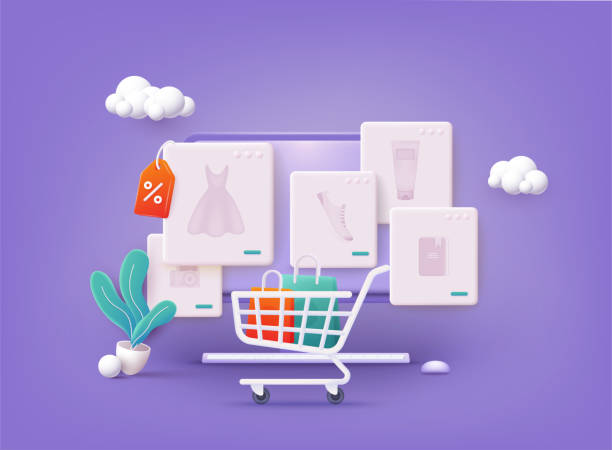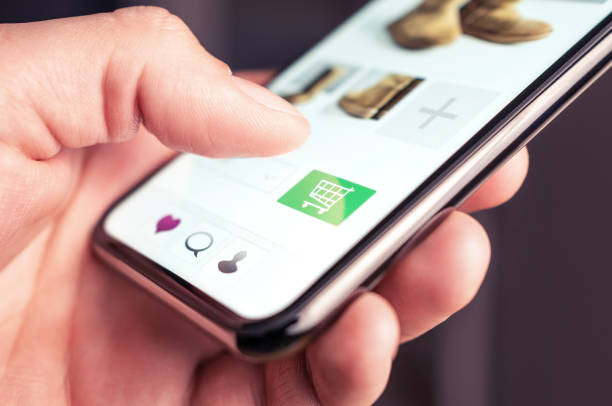How to Start A Ecommerce Business Without Money might seem impossible, but with creativity, strategy, and the right tools, you can launch a thriving online venture.
This guide outlines five proven strategies to help you start your business without breaking the bank, as well as tips for overcoming common challenges and achieving long-term success.
Key Takeaways
- Maximize existing platforms like eBay and Etsy to start selling with minimal upfront costs.
- Tap into thrift store flipping to create a unique brand while building a loyal customer base.
- Explore affiliate marketing to earn commissions without managing inventory or customer service.
- Leverage dropshipping and digital products for scalable, low-cost e-commerce opportunities.
1st Option: Maximize Existing Platforms for Instant E-commerce Success

Existing platforms like eBay and Etsy provide free or low-cost ways to start selling online. These platforms eliminate the need to invest in a website or inventory upfront.
eBay Arbitrage: A Low-Risk Entry Point
eBay arbitrage involves sourcing products at a lower price from one platform and selling them at a markup on eBay. Here’s how it works:
- Research profitable products on websites like Walmart or Amazon.
- List these products on eBay at a higher price.
- When a customer purchases, use their payment to buy the item and ship it directly to them.
Example:
A bunk bed listed for $361 on eBay might cost $100 less on Walmart. After eBay fees, you could earn a $50 profit on each sale.
Etsy Print-on-Demand: Creative Freedom Without Inventory
Etsy allows you to sell unique, customized products without holding inventory, thanks to print-on-demand services.
- Sign up for a free Etsy store.
- Connect with services like Printful or Printify.
- Create and upload designs for products such as custom t-shirts, mugs, or tote bags.
- Let the print-on-demand service handle production and shipping.
Why This Works:
You focus on design and marketing while your print-on-demand partner manages inventory, production, and delivery.
2nd Option: Thrift Store Flipping: The Nasty Gal Approach

Inspired by the success of Nasty Gal, thrift store flipping involves sourcing unique, low-cost items and selling them at a premium.
Steps to Get Started:
- Visit thrift stores or garage sales to find vintage or rare items.
- Photograph and style these items creatively to make them appealing.
- Use platforms like Instagram or Facebook Marketplace to pre-sell your products.
- Reinvest profits to scale your inventory and grow your brand.
Bonus Tip:
Social media engagement can help build an audience for your thrifted items, making it easier to attract buyers.
3rd Option: Affiliate Marketing in E-commerce

Affiliate marketing allows you to earn commissions by promoting products without managing inventory.
How Affiliate Marketing Works
- Sign up for free affiliate platforms like Clickbank or Amazon Associates.
- Choose high-commission products in popular niches like fitness, home improvement, or tech.
- Promote these products through content marketing, blogs, or social media campaigns.
- Earn a percentage of sales generated through your unique affiliate links.
Advantages:
- No need for inventory or shipping.
- Scalable income potential based on your promotional efforts.
4th Option: Dropshipping: The Ultimate Hands-Off Approach

Dropshipping lets you sell products without holding inventory or managing shipping.
How to Start Dropshipping
- Set up an online store using platforms like Shopify (free trial available).
- Partner with suppliers from platforms like AliExpress or Spocket.
- List products in your store and market them to potential customers.
- When an order is placed, the supplier ships the product directly to the customer.
Key Benefits:
- Minimal upfront investment.
- Focus on marketing and scaling your business.
Bonus Tip:
Use social media ads or SEO to drive traffic to your store.
5th Option: Sell Digital Products and Services

Digital products are highly profitable because they require no physical inventory or shipping.
Ideas for Digital Products
- Ebooks or guides on topics you’re knowledgeable about.
- Online courses or webinars.
- Templates for resumes, social media graphics, or business plans.
Platforms to Sell Digital Products:
- Use Gumroad or Payhip to create a free storefront.
- Promote your offerings through social media or email marketing.
Bonus Tip:
Freelance services, such as consulting, writing, or graphic design, can also generate income without upfront costs.
Success Stories: From Zero to E-commerce Hero
Many entrepreneurs have built thriving businesses with no initial capital.
- Mike Fasil: Earned $5,000 in 30 days using eBay arbitrage.
- A stay-at-home mom: Achieved $30,000 monthly revenue in 5-8 weeks through affiliate marketing on Clickbank.
Helpful Resources for Starting an Ecommerce Business Without Money
If you’re looking to start an ecommerce business without investment, these resources can help you set up your store and create profitable digital products:
- Setting Up an Etsy Store – Learn how to open an Etsy shop and start selling online with no money. Etsy’s official guide.
- Creating Digital Products – Selling digital products is a great way to start an ecommerce business without inventory. Follow this Thinkific guide to create and sell digital products successfully.
Using these tools, you can launch and grow an ecommerce business with no money while minimizing risks.
Final Thoughts
Starting an e-commerce business with no upfront capital is not only possible but increasingly accessible with the right mix of creativity, resourcefulness, and tools. By leveraging existing platforms like eBay, Etsy, or affiliate marketing networks, and exploring options like dropshipping or digital product creation, you can build a profitable venture without significant financial risk.
With persistence, strategic reinvestment, and continuous learning, your zero-budget business idea could evolve into a thriving enterprise, proving that success is about ingenuity, not resources.
Whether you’re flipping thrift store finds, dropshipping, or selling digital products, Productscope AI gives you the insights and tools you need to scale faster and smarter.

